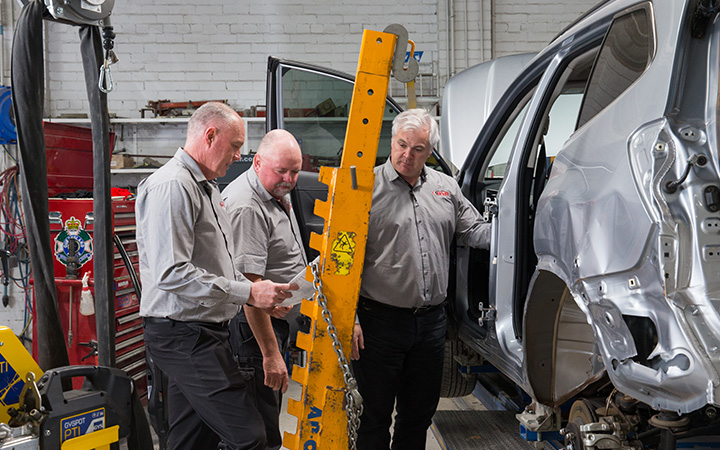Telling a customer their service or repair work is going to be more expensive than they thought is never easy.
Whether that’s because you’ve increased your prices or because you’ve diagnosed an expensive repair (or list of repairs), it’s never welcome news to the person who’s going to foot the bill.
For most customers, spending money on car servicing and repairs is a begrudging spend at the best of times. So, is there a right way to deliver bad news to a customer? And could it even be possible to explain things in such a way that they accept the news without too much of a grumble?
Well, according to customer service expert and New York Times bestselling author Shep Hyken in his article Reasons WHY Customers Choose to Do Business with You - yes, it is.
5 expert tips for delivering bad news to customers
“When delivering bad news, you can do it in person or through some type of written correspondence, such as an email or a letter,” Shep says.
Regardless of how the news is delivered, consider the following steps:
1. Be personal
Use the customer’s name. Address them directly.
2. Be direct
Don’t beat about the bush. Deliver the bad news up-front. If you’re emailing customers to let them know your price for a regular service is going up, it should look something like this:
Dear Joan,
We’re emailing to let you know that as of July 1, 2020, we will be increasing the price of our regular car service by $20, to $180.
3. Apologise
Once you’ve hit them with the bad news, it’s time to apologise.
“That’s not because you’re at fault, but because you empathise with the customer over the news,” Shep says.
Your apology could look like this:
We never like putting our prices up, because we understand the pressures on household budgets, and we’re sorry to have to do it.
4. Give an explanation, not an excuse
Next, give the customer an explanation for the situation.
We’ve increased our prices because we’ve given our amazing team of technicians a well-earned pay rise, and because we need to cover the increase in costs for things like parts, oil and so on, being experienced across the whole industry.
5. Thank the customer
Thank the customer for their past business and for their continued business in the future.
6. Be available if the customer has questions
Your customer may want to know more. Let them know you’re available to answer questions and how to get in touch with you.
Finally…
“Bad news is unavoidable,” Shep says. “No matter how careful we are, life isn’t perfect. You’re going to have to give bad news to someone eventually.
“But the bad news doesn’t have to be all bad – as long as you deliver it tactfully. It’s entirely possible to ‘turn that frown upside down’, and turn bad news into a good customer experience!”
How are you delivering bad news to your customers? Before the next situation arises, reflect on your delivery method and how you could improve it.


